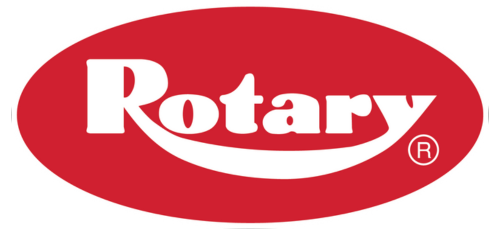Brake Safety Week is upon us, running September 6th-12th. As part of Operation Airbrake, a program sponsored by Commercial Vehicle Safety Alliance(CVSA), in conjunction with the US Department of Transportation, the program has been around since 1998. It is designed to bring awareness the most effective safety device on a vehicle, the brakes.
So why do preventative brake checking and maintenance?
Safety: The safety of your team is the number one priority and should be reason enough.
Performance: Better performance, means less time in the shop and more on the road.
Savings on Insurance: Many insurance companies will give discounts if certain criteria are met.
Lower Fuel Cost: A more efficient machine run better and runs cheaper.
Less Fines: 76% of all roadside commercial fines in 2015 were brake related(U.S. Dept of Transportation)
What can you do to make sure your fleet is safe and violation free? We have few tips:
Visual In-Shop Inspections:
Many of the tolerances for brake pads, and well as rotors can be found from the manufacturer, and are very easy for your in-house mechanic to measure. Since most manufacturers’ tolerances are much lower than that required to pass road inspections, maintaining those should keep you off the citation pad. In shop inspections should be done as often as possible and even more frequently on your vehicles that see the most road time. Help your techs with inspections by adding a Rotary SM30 4-post lift. With a SM30, your tech can get just about any truck you have up in the air, get the inspection completed and get your vehicle back on the road, making you money. Visual inspections however, do have limitations. They cannot determine if the braking force is adequate or if there is an issue with integrity of certain components.
Stop Distance Test:
Blah, Blah, Blah….speed of a vehicle, plus curb weight, and a measurable distance to stop the vehicle.. It’s a widely used test, but has flaws, such as human errors and no set standard for performance. Human error occurs by not applying brake at correct time or with correct pressure. Other variables, such as vehicle performance, overall weight distribution and tire tread depth, apply as well. Most commercial tires, can be difficult to handle, so make sure your tech’s back is protected with a MW 500 wheel lift. With a capacity of up to 500 lbs., it will allow full service of your wheels and tires and keep your tech out of the chiropractor’s office.
Performance Based Brake Testing(PBBT):
A PBBT is a machine which can assess the braking performance of a vehicle. This is done through direct measurements of the brake forces at each wheel end, axle, or for the entire vehicle. Such devices include roller dynamo meters (roller-dyno) and flat plate brake testers. Each of these devices can determine the brake forces without restriction to the brake type (disc vs. drum) or energy supply (air, hydraulic, or electric). In addition, PBBTs based on mechanical or electronic decelerometers can assess the overall vehicle braking capability through a stopping performance test in which deceleration and/or stopping distance is obtained, also independent of brake type or application method. PBBTs have been used worldwide for decades for both safety inspections and as part of regular preventative maintenance work. There is a good chance your shop is not setup with the tools to perform a PBBT, but a few calls around your area will more than likely locate you one.
Want to know a little more about what Rotary Lift has to offer for your heavy duty vehicles? Check out our resource guide below:
{{cta(‘b8cf1814-3102-4e80-b1e7-c03448a8273f’,’justifycenter’)}}
